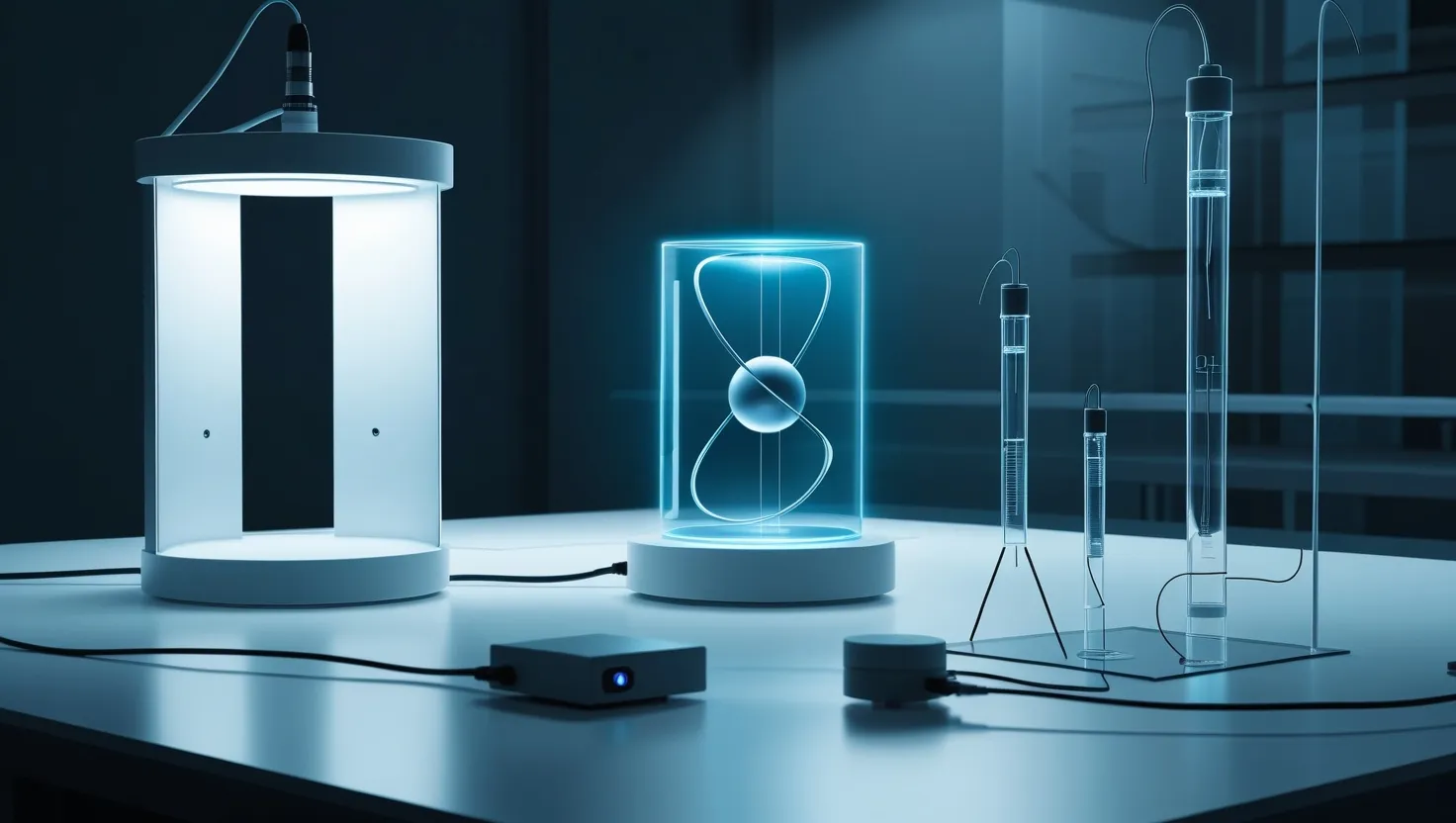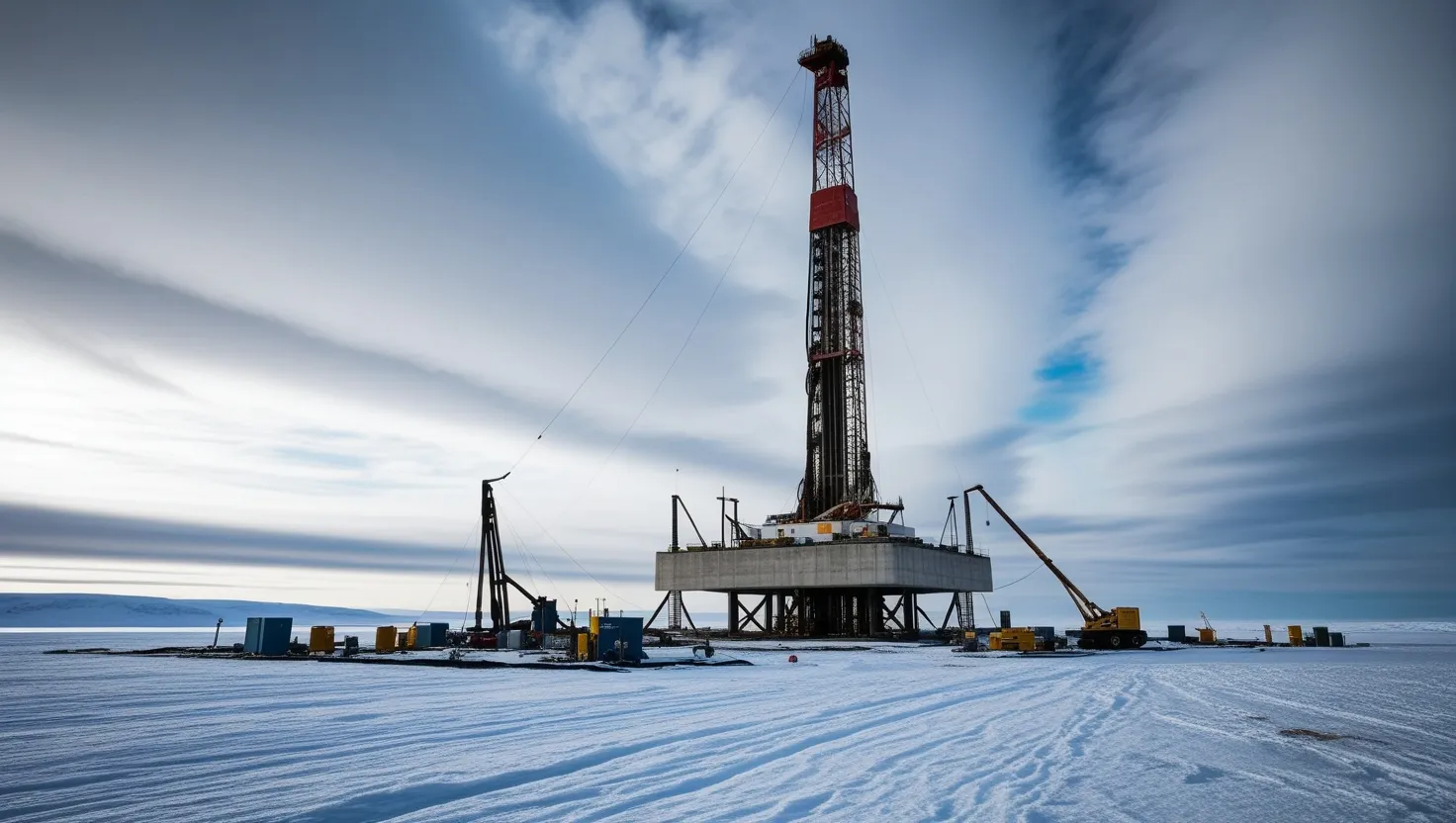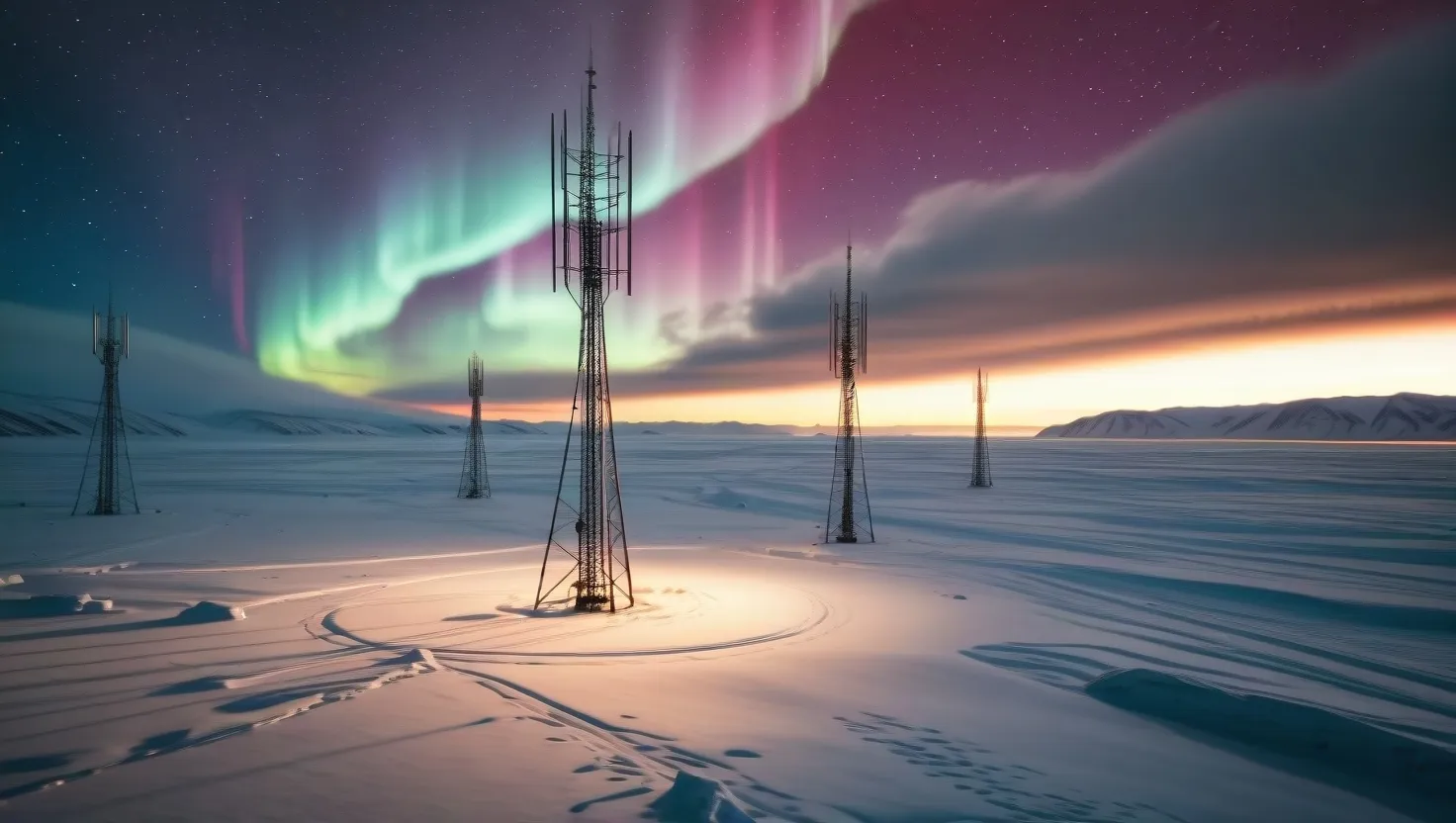The Quest for a Fossil Fuel Alternative: Unveiling the Future of Energy
In the face of climate change and dwindling fossil fuel reserves, the world is on a mission to find the next big thing in energy. We’ve made some impressive strides with renewables like solar and wind, but let’s be real - they’re not quite ready to take center stage just yet. So, what’s the deal? Is there a secret energy source out there that could change everything?
Let’s start by taking a quick look at where we’re at with renewables. Sure, they’ve come a long way, and the costs have dropped like a stone. That’s great news! But here’s the kicker - we’re still not seeing fossil fuels taking a backseat. In fact, both renewables and fossil fuels have been growing side by side. It’s like trying to fill a bathtub while the drain is open - we’re not getting anywhere fast.
But hold on to your hats, because there might be something exciting on the horizon. Enter natural hydrogen. Yeah, you heard that right. Turns out, there could be massive stores of hydrogen just chilling underground, created by some funky water-rock reactions deep in the Earth’s crust. And get this - a borehole in Mali was found spewing out gas that was 98% hydrogen. Talk about striking gold!
Now, before we get too carried away, let’s pump the brakes a bit. We’re not saying this is definitely the answer to all our energy prayers. But it’s pretty darn exciting. If these hydrogen reserves are as big as some researchers think, we could be looking at thousands of years’ worth of clean, carbon-free fuel. And with governments scrambling to find alternatives to fossil fuels, this could be a real game-changer.
But wait, there’s more! While we’re on the topic of efficiency, let’s talk about electrification. According to energy expert Dr. Saul Griffith, if the U.S. went all-in on electrification, we could slash our energy use by a whopping 58%. How? Well, electric machines like heat pumps are way more efficient than their fossil fuel counterparts. Plus, we’d be cutting out all the energy wasted in extracting, processing, and moving fossil fuels around. It’s like going from a gas-guzzling SUV to a sleek electric sports car.
Now, let’s get real about fossil fuels for a second. They’re not just bad for the climate - they’re downright dirty. When you burn a tonne of coal, you’re not just getting energy, you’re also getting over two tonnes of carbon dioxide. That’s like ordering a pizza and getting two extra large ones you didn’t ask for, except these extras are heating up the planet.
And here’s the scary part - we’ve already got more fossil fuels than we can safely use. If we burned everything we’ve already found, we’d be looking at over six degrees of warming. That’s not a future anyone wants to live in. It’s like playing Russian roulette with the planet, and we’re running out of empty chambers.
Some countries are starting to wise up. France, Belize, and Denmark have all said “thanks, but no thanks” to new oil and gas exploration. They’re looking at the big picture and realizing that protecting the environment and meeting climate goals is more important than short-term gains.
Now, you might be wondering about other alternatives. What about biomass? Well, it’s got potential, but there’s a catch. To produce enough energy for our growing global population, we’d need more land than we’ve got on the entire planet. It’s like trying to fit an elephant in a Mini Cooper - it’s just not gonna work.
So, what’s the solution? Well, it’s not just about finding new energy sources. We need to completely overhaul our infrastructure and policies. We’re talking smart grids, renewable energy systems, and electric cars. The good news is, the cost of renewables is dropping faster than a hot potato. In many cases, it’s already cheaper than fossil fuels.
But here’s the thing - this transition isn’t going to happen on its own. We need bold action and a willingness to stand up to the fossil fuel industry. It’s like trying to quit smoking while working in a cigarette factory - it’s not gonna be easy, but it’s necessary.
Some governments are starting to get it. Take France, for example. They’re gearing up for a clean energy future, focusing on exporting new green technologies and boosting clean growth. It’s like they’re positioning themselves to win the clean energy race before it’s even started.
Looking ahead, it’s clear that we’re going to need a mix of new energy sources and improved efficiency. Natural hydrogen could be a game-changer if it lives up to the hype. But we can’t put all our eggs in one basket. We need to tackle this from all angles.
One often overlooked aspect is recycling. We can significantly reduce the need for new mining by recycling materials from existing machines. It’s like giving our resources a second (or third, or fourth) life. Materials like copper, nickel, and lithium can be recycled multiple times, which means less environmental impact from extraction.
So, is there a secret energy source that’s going to solve all our problems overnight? Probably not. But that doesn’t mean we’re out of options. The combination of natural hydrogen, improved efficiency through electrification, and a robust transition to renewable energy holds a lot of promise.
It’s a complex challenge, no doubt about it. We need policy changes, technological advancements, and a global commitment to kicking our fossil fuel habit. But here’s the exciting part - the future of energy could be cleaner, more efficient, and potentially more abundant than we ever thought possible.
As we stand at this crossroads, it’s clear that the choices we make now will shape the world for generations to come. It’s like we’re writing the script for our planet’s future, and we’ve got the power to make it a blockbuster hit or a total flop.
The transition to clean energy isn’t just about finding new ways to power our homes and cars. It’s about reimagining our entire relationship with energy. It’s about creating a world where energy is abundant, clean, and accessible to everyone. A world where we don’t have to choose between economic growth and environmental protection.
But let’s not sugarcoat it - this transition won’t be a walk in the park. We’re talking about changing systems and infrastructures that have been in place for decades, even centuries. It’s like trying to renovate a house while you’re still living in it - it’s going to be messy, inconvenient, and at times, downright frustrating.
However, the potential rewards are enormous. Imagine cities with clean air, free from the smog of fossil fuel emissions. Picture a world where energy poverty is a thing of the past, where even the most remote communities have access to reliable, affordable power. Think about the innovation and job creation that could come from a booming clean energy sector.
And let’s not forget about the geopolitical implications. A world less dependent on fossil fuels could be a more stable world, with fewer conflicts driven by the need to control oil and gas reserves. It’s like removing a major source of global tension and replacing it with a shared goal of sustainable energy for all.
But here’s the million-dollar question - how do we get there? Well, it’s going to take a mix of top-down and bottom-up approaches. We need governments to set ambitious targets and create policies that incentivize clean energy. We need businesses to innovate and invest in new technologies. And we need individuals to make conscious choices about their energy use and demand better from their leaders and corporations.
Education will play a crucial role too. We need to foster a new generation of scientists, engineers, and policymakers who understand the complexities of our energy challenges and are equipped to tackle them head-on. It’s like planting seeds for a forest that will provide shade and sustenance for years to come.
And let’s not forget about the power of collective action. When communities come together to demand change, amazing things can happen. We’ve seen it with the growth of community solar projects, the rise of electric vehicle sharing programs, and the push for green building standards. It’s like a snowball effect - once it starts rolling, it just keeps getting bigger and more impactful.
As we wrap up this exploration of the future of energy, it’s clear that we’re standing on the brink of a new era. The challenges are significant, but so are the opportunities. We have the knowledge, the technology, and the motivation to create a cleaner, more sustainable energy future.
So, while there might not be a single “secret” energy source waiting to be discovered, we do have a powerful combination of solutions at our fingertips. From natural hydrogen and improved efficiency through electrification to the continued advancement of renewable technologies and smart grid systems, we have the tools to build a better energy future.
The journey ahead won’t be easy, but it promises to be one of the most exciting and transformative periods in human history. It’s a chance to rewrite the rules, to create a world that’s not just sustainable, but thriving. And the best part? We all have a role to play in making it happen.
So, let’s roll up our sleeves, put on our thinking caps, and get to work. The future of energy is calling, and it’s up to us to answer. Who knows? The next big breakthrough could be just around the corner, waiting for someone like you to discover it. Now that’s an energizing thought!






